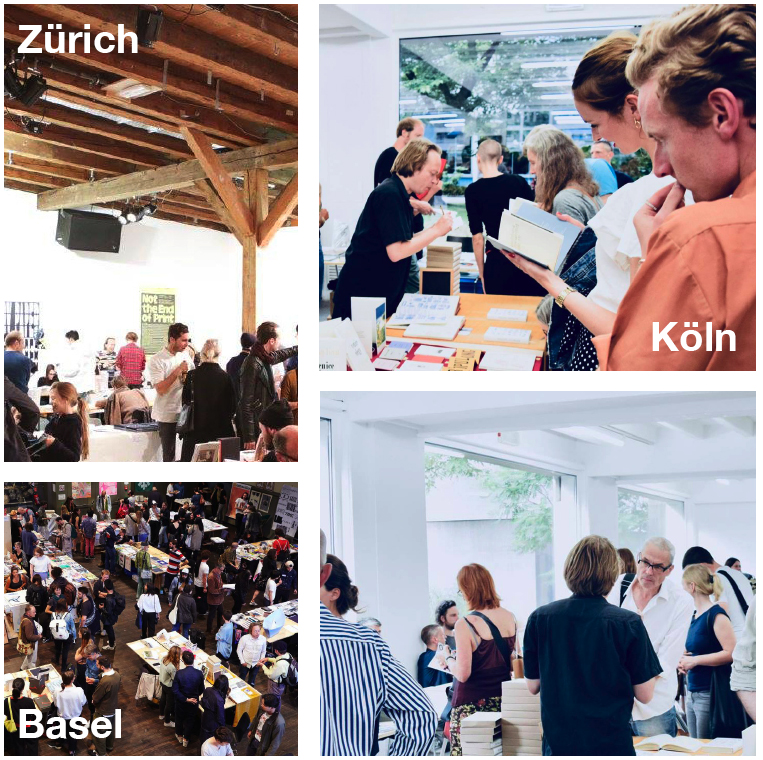A collection of special places in Rome has been an issue for a long while. What Raphael (1483-1520), as custudian of Roman Antiquities, began during his lifetime, was continued later by Giuseppe Vasi (1710-1782), Giovanni Battista Piranesi (1720-1778) and Giovanni Battista Cipriani (1766-1839) in their own personal ways. In 1837, two years before his death, Cipriani published the book "Itinerario figurato negli edifizi piu rimarchevoli di Roma", showing 100 pages with engravings of the most important buildings of Rome. He ordered his collection in eight long walks, beginning at the Ponte Milvio, the bridge where Christianity entered Rome, and ending at St. Peter's Basilica – even the house of Raphael is not missing.
Coincidently, I took a reprint of Cipriani's engravings with me to Rome in 2004, when I studied there. In this unfamiliar environment I decided for a slow approach through Ciprianis prints. My curiosity was for the first encounter with the spaces and what they could teach me. I stayed at each of the nearly 400 places, drawing them in order to discover their "inner forms" – as Louis I. Kahn (1901-1974) once called them. Here is a selection of my first sketches in Cipriani's book, a growing number of other sketches can be found on the interactive map "Places" on this website.
During one year I was able to study a large part of what Cipriani had collected and engraved. In his foreword, he describes the purpose of his book: "I have no doubt that this tedious production, brought to an end at an advanced age, will not only be welcomed by contemporaries, but also by future generations, since it was my principle intention to bring the memory of these buildings to posterity and to remote regions, so that people who once saw them and came upon them in a conversation, could talk about them again."
Cipriani addresses something that in 2009 became my central motivation to publish a book about Rome myself: dialogue. On the one hand, the dialogue with the places and things we enter in contemplation. On the other hand, the dialogue between people about these places and the value of their forms for our lives today. What is their atmosphere? What can we learn for our work on forms? These are questions that I asked myself and that I began to ask my readers, too...
From 2009 - 2019 I sold more than 500 travel guides "Roman Notes" at many exhibitions and fairs. Always in direct contact with the people and always with the request to borrow their book for a joint exhibition in 2020.

Thanks to:
From 5 to 15 November, the exhibition "Tracce Romane" based on 28 Roman Notes books will take place at the Photobastei in Zurich.
The exhibition will be supported by the Istituto Italiano di Cultura di Zurigo
Opening hours are Thursday to Saturday 17-21 and Sunday 12-18
Works are shown by: Ginger Berg, Julia Brixel, Friederike Brömßer, Chris Bünter, Elena Ciglic, Carla Crevatin, Valerio Deluigi, Laurenz Flückiger, Livia Giannini, Aïlynn Gratteau, Alina Kniestedt, Katrin König, Samira Lauterburg Polina Liechti, Anouk Meier, Efraim Meier, Lily Meric, Akiko Miyakoshi, Capucine Nallet, Mauro Ott, Javier del Pozo, Nives Romanelli, Cristina Ruvo, Mia Senn, Selina Tobler, Mélie Tüller, Undine Stabrey, Michelle Winet

Dominique Turzer MAS ETH RP is an architect, spatial planner and author. He studied at the Bauhaus University, Weimar and La Sapienza University, Rome. He has been working at the intersection of architecture and spatial planning since 2010. At the office of Husistein und Partner in Aarau, he is working on projects ranging from test planning to communal structure plans. He combines his knowledge of the history and theory of architecture with ideas for important contemporary issues such as climate protection, species extinction and energy transition. His tools are equally GIS, CAD and analogue drawing. As an editor, he publishes the otherEyes paperback series and presents it regularly at independent publisher fairs.
For questions and suggestions write to: dominique AT stinanickel DOT org.
